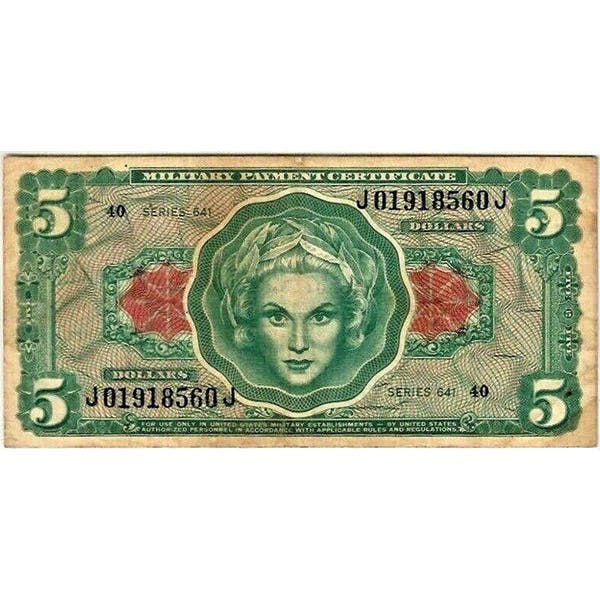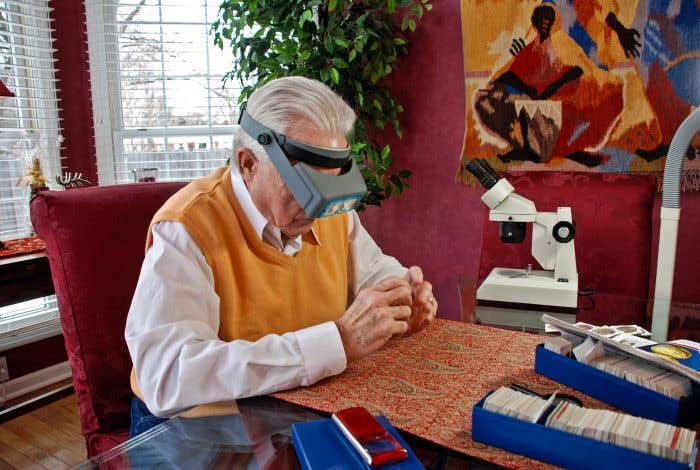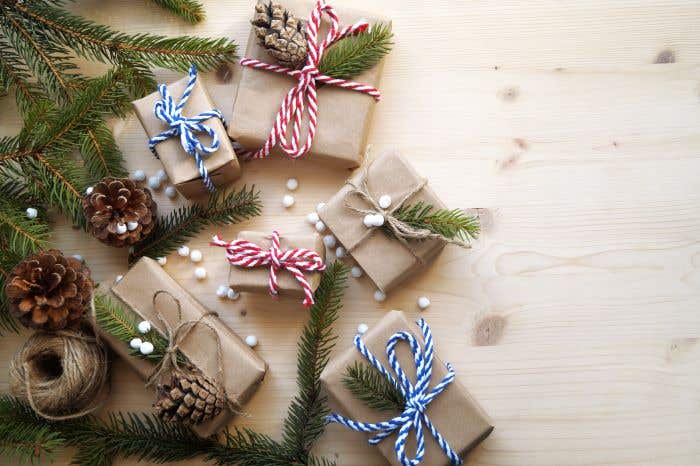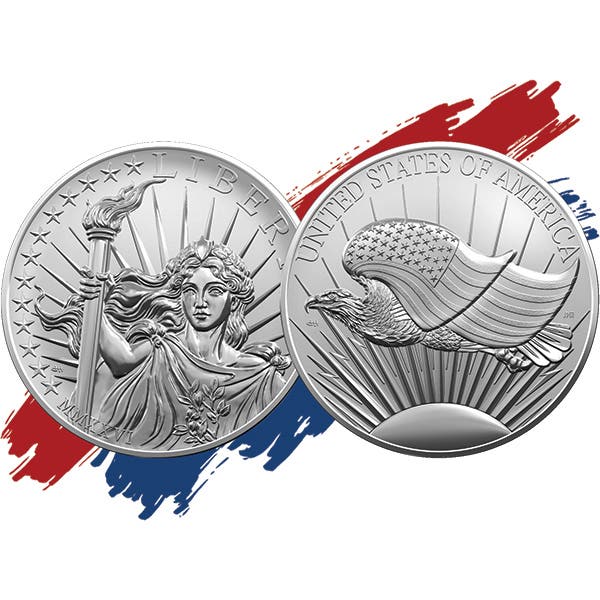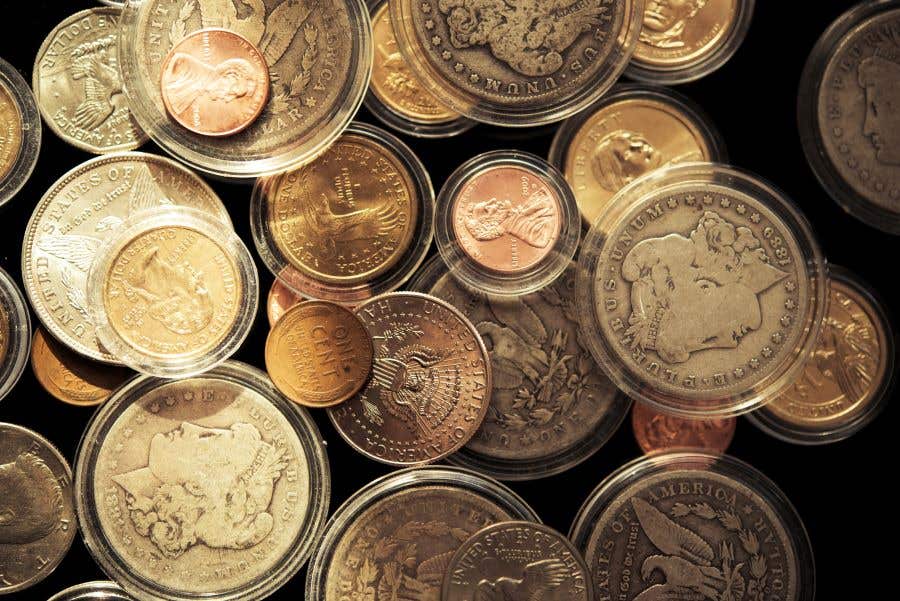Coin Clinic: Open roll if you want to know the date
How can I determine the date of the coins in my Brilliant Uncirculated bank roll if the reverse is what is showing on the end coins?
By Richard Giedroyc
How can I determine the date of the coins in my Brilliant Uncirculated bank roll if the reverse is what is showing on the end coins?
I know you don’t want to hear this, but you will need to unwrap the coins to determine their date. The only exception would be coins with a unique reverse, such as the 2009 Lincoln Centennial cents, 2004 to 2005 Westward nickels, or statehood quarters. Unfortunately, you would still be unable to identify the mintmark.
Has the United States ever issued a coin on which the date did not appear?
The closest thing to this is the 50th Anniversary of World War II commemorative half dollar, silver dollar and gold $5 on which the dates 1991-1995 are expressed, yet the coins were issued in 1993. The United States participated in the war between 1941 and 1945. No completely dateless coin has been issued, although production has been extended past the date on the coin several times.
Do you have any suggestions on how to run a successful coin club meeting?
I would suggest keeping the business portion of the meeting to a minimum, and emphasize the hands-on portion as much as possible. Know your membership well enough to know if a guest speaker, trading session, show-and-tell, social hour, meal and meeting, or dealer bourse is what they want. You can vary these activities at different meetings.
Attendance at our local coin club meetings is low. Is there any way to draw more attention to the club meetings without potentially inviting trouble rather than collectors?
You may want to publicize the club meetings through local coin stores, by word of mouth, and perhaps in local schools. If there is a regional coin organization that has its own publication or holds a show periodically place an announcement with them as well. It isn’t a good idea to post an announcement of a meeting in a public place or online where someone with the wrong intentions might learn of the club’s existence.
Is it more practical to announce our upcoming coin show in a local publication, or in a national hobby magazine?
I know I won’t win any points with my publishers over this answer, but you have a better opportunity for a wider audience in a local publication for a local show. It becomes more practical to use the hobby publications that reach a wider audience geographically when you are holding a regional show, but a free calendar listing in Numismatic News helps no matter what size the show and puts me back in the good graces of my publisher.
I was recently told my California small denomination gold coins are actually gold-plated fantasy pieces struck much later and backdated. Is there a way to identify these fantasy issues without having a coin catalog in front of me in which the genuine coins are listed?
Many of the fantasy issues depict a California bear at 6 o’clock on the reverse. The bear does not appear on any of the real issues of the Gold Rush era. In addition, most of the fantasy issues display a fraction without the word “dollar” on the reverse. Contemporary issues express the value in fractions of a dollar, including the word dollar. This information addresses the most commonly encountered fantasy pieces, and does not address counterfeits. You should still consult a coin catalog prior to making a purchase.
Are there counterfeits of the Gold Rush period California small denomination gold coins?
I have never knowingly encountered one, but there is reason to believe counterfeits exist. Any coin regardless whether the coin circulates as money or that it might sell for a collector premium may become the target of counterfeiters.
Some foreign coins including the Austrian 1780 Maria Theresa taler and some Mexico gold coins are still being struck with a “frozen” date, in other words they are backdated. Is there a U.S. coin with a “frozen” date?
There have been several manipulations of U.S. coins that could be interpreted as backdating or frozen dates. There have also been years in which coins were stored and shipped at a later date, then included in the mintage of that later year’s emissions. The cents of 1803 are, as an example, understood to be included in the published mintage for 1805. The Theodor Eckfeld unofficial restrikes produced nefariously by the Mint night watchman during the mid-19th century could be considered to be backdated coins. The 1964 Kennedy half dollars were struck beyond 1964. Bicentennial coins were likewise struck during more than the year (1776-1976) appearing on the coins.
I want to bid in coin auctions, but they are held in cities too far away for me to visit. Is there some alternative?
Many auction houses make viewing and bidding online possible. There are coin dealers who are willing (for a fee) to view the lots for you and bid. This is usually a dealer who would be present anyway.
E-mail inquiries only. Do not send letters in the mail. Send to Giedroyc@Bright.net. Because of space limitations, we are unable to publish all questions.
More Coin Collecting Resources:
• Kick-start your coin collection with the Fundamentals of Coin Collecting set of essential resources and tools.
• Strike it rich with this U.S. coins value pack.
• Build an impressive collection with Coin Collecting 101.





